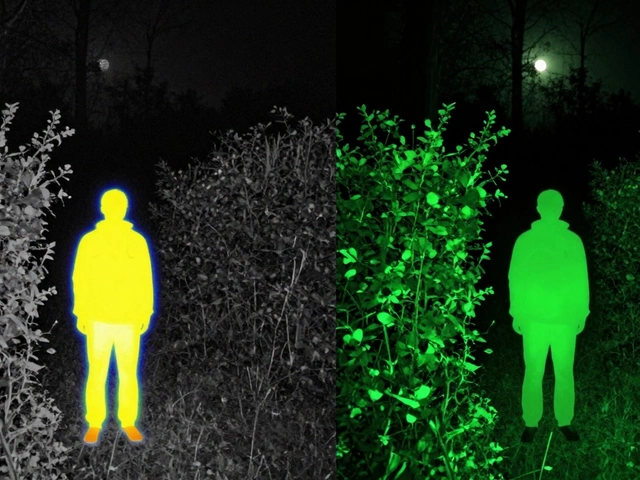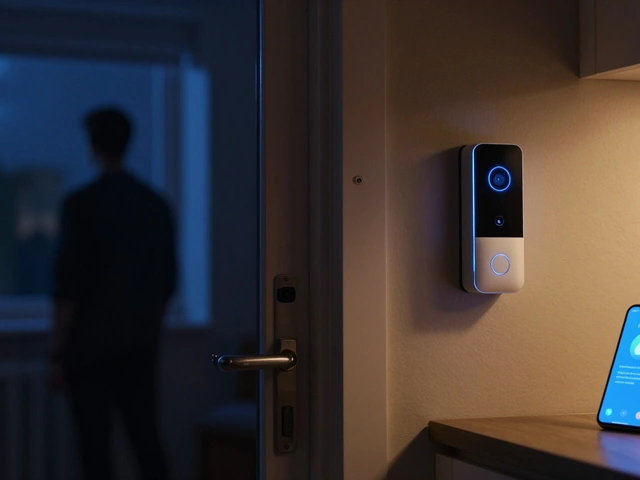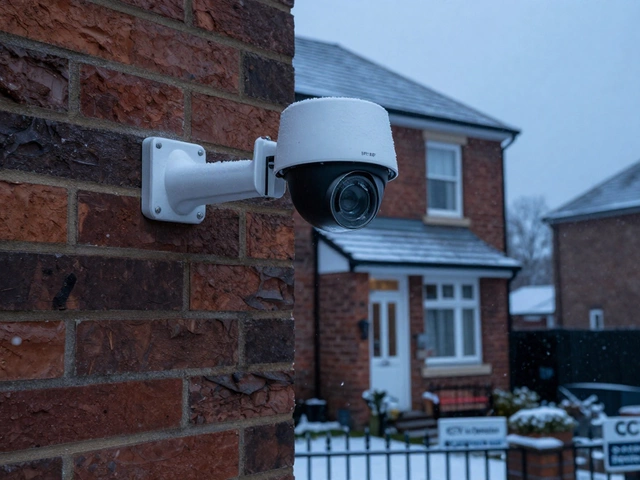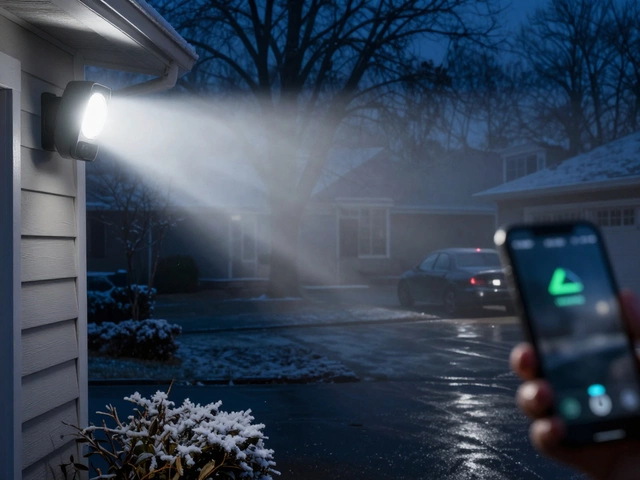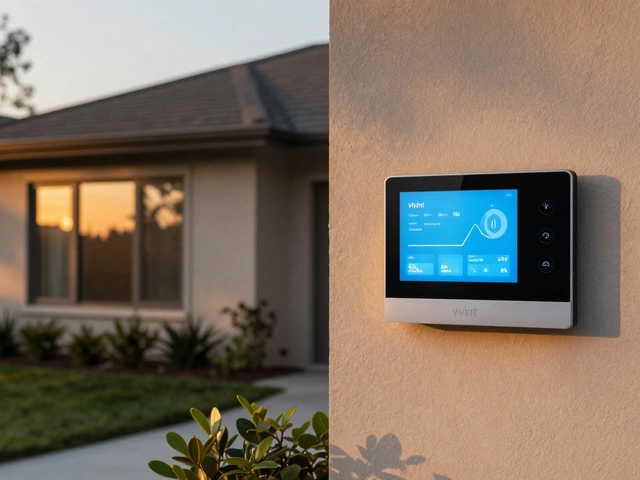You don't have to pay SimpliSafe prices to keep your home protected. A bunch of cheaper security setups are popping up, and they actually work—sometimes even better if you know exactly what you need. Most folks start searching for alternatives after getting sticker shock from SimpliSafe's monthly fees or realizing those "starter kits" barely cover a front door.
Here's some good news: you can get cameras, sensors, and even smart integrations from other brands for way less, with no contracts tying you down. In fact, some companies offer totally fee-free self-monitoring if you don’t care about having a pro service call the cops for you. Before you settle for something basic, let’s walk through what makes a cheap security system actually good, and how you can skip paying for stuff you won’t use.
- Why People Look for Cheaper Security Options
- Top Affordable Home Security Brands
- Comparing the Real Costs (Fees, Devices, and More)
- Money-Saving Tips for Smart Security
Why People Look for Cheaper Security Options
Plenty of people are hunting for something cheaper than SimpliSafe alternatives because these big names sometimes charge more than they’re worth. SimpliSafe advertises low prices, but if you add sensors or cameras, or choose pro monitoring, the price can climb fast. For a basic kit, you might pay $250 upfront, but the monthly monitoring adds another $20 to $30. Over a year, that’s hundreds just to keep your house watched.
Not everyone needs pro monitoring. A lot of people these days are fine with just a mobile alert, and they’d rather call the police themselves if something goes down. Some cheap systems offer DIY setups where you monitor things straight from your phone. That way, no contracts, and no monthly bills gnawing at your credit card.
Let’s look at where the money actually goes for a typical home security setup like SimpliSafe:
| Expense | SimpliSafe (Average) | Cheaper DIY System |
|---|---|---|
| Starter Kit (hardware) | $250 | $120 |
| Extra Sensors/Cameras | $50+ each | $20-40 each |
| Monthly Monitoring | $20-$30 | $0 (self-monitoring) |
Another thing: some renters or folks living in apartments avoid pricey systems because they don’t want to drill holes or mess with permanent installs. Cheaper options are usually wireless and easy to move, which fits short-term needs.
So people want alternatives because: high hardware and monthly costs, hidden fees, and a bunch of features they may never even use. End of the day, if you just want simple, effective protection, there’s no reason to stick with a high-priced brand if a no-frills setup does the job for less.
Top Affordable Home Security Brands
If you're looking to save a chunk of money, a handful of security brands cost way less than SimpliSafe but can still give you peace of mind. Some even work with your existing smart home gadgets and don’t tie you to a monthly plan unless you want one. Here are a few names worth checking out:
- Wyze: This is the real menu item for anyone who wants super cheap home security. Wyze’s base kit goes for about $100 and covers doors, windows, and some motion detection. Their cameras, famous for their price, often cost under $40. You can get phone alerts for free—no annoying subscriptions unless you want video storage in the cloud.
- Ring Alarm: Ring’s base package runs about $200—still way lower than SimpliSafe’s mid-tier options—but it's often discounted. You get simple DIY setup, loud alarms, and their cameras play nice with Alexa. The Ring Protect Basic plan is just $4 a month per device if you want cloud video backup, and you can pair the system with affordable add-on sensors.
- Kangaroo: If all you want is a simple door, window, or motion alert, Kangaroo’s starter kits start under $80. Their monitoring plans are optional and low-cost, from $1.99/month. They keep things dead simple by skipping hubs and base stations—just sensors and your phone.
- Eufy Security: Eufy skips the monthly fees if you want to save recordings locally, which is huge if you hate subscriptions. Their cameras support local storage (with SD cards or HomeBase), and their basic kits start under $150. The app is free, and you can pay for cloud only if you want.
Of course, these brands aren’t perfect. Wyze and Ring sometimes get flagged for privacy concerns, and while Kangaroo is simple, it doesn’t cover as many threats as more full-featured systems. But for DIY fans or renters, they deliver heavy value for less cash. Consumer Reports summed it up best:
“You don’t have to spend big bucks to get real security—the latest budget systems deliver many of the features you’d expect from expensive brands, often with equal or better flexibility.”
The bottom line: before dropping cash on SimpliSafe, test the waters with one of these SimpliSafe alternatives. You might get everything you need for half the price.
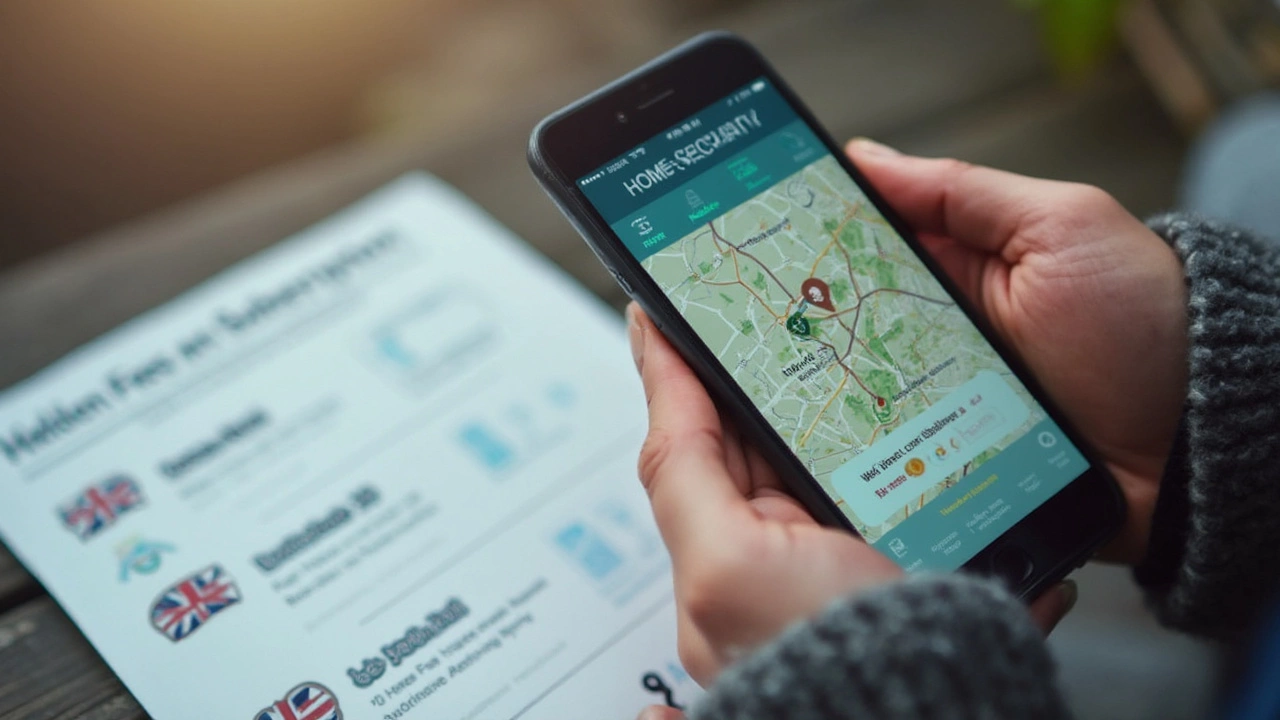
Comparing the Real Costs (Fees, Devices, and More)
Big surprise: the sticker price on the box is just the start of what you’ll pay for a home security system. Some brands charge less upfront, but ding you every month with fees or make you buy add-ons that really add up. Others tempt you with “no contracts,” but hide costs in pricier hardware or optional upgrades. Let’s break it down by what actually comes out of your wallet.
Most folks start with the basics - a couple of door sensors, a keypad, and maybe a camera. Here’s how some popular cheaper options stack up against SimpliSafe if you’re keeping it simple:
| System | Starter Kit Price | Monthly Fee (Professional Monitoring) | Self-Monitoring Option |
|---|---|---|---|
| SimpliSafe | $249 | $18-$28 | Yes (limited features) |
| Wyze | $99 | $10 | Yes (with app alerts) |
| Ring Alarm | $199 | $20 | Yes |
| Abode | $139 | $23 | Yes (more freedom) |
So you see, Wyze and Abode have way lower starting prices. Wyze even offers most of its features without a monthly fee, unless you want their professional monitoring (still only $10/month). Ring gives you full self-monitoring with live video in the app, but you’ll need the subscription for video history. SimpliSafe's most basic self-monitoring doesn’t give you any video storage or much support if something goes down.
On top of starter kits, watch out for stuff you might not think about right away:
- Extra sensors for doors/windows ($20-30 each for most brands)
- Outdoor cameras ($30 for Wyze Cam v3, $99 for Ring Stick Up Cam, $169 for SimpliSafe Outdoor Cam)
- Keypads or extra sirens (can hit your wallet hard if you want to cover more than one entry)
Here’s a quick tip: don’t just grab the starter kit and hope for the best. Make a quick list of all your entry points and windows. Check the price per sensor and camera for the brand you’re considering. Sometimes a more expensive kit can end up cheaper in the long run if you have a ton of windows or want to add lots of smart gadgets later.
Lastly, always peek at the fine print for monitoring. Some companies, like Abode, let you turn pro service on and off when you need it (like, say, vacation month). Others, like SimpliSafe, want you subscribed each month for the good features. If you want true DIY with cheap security systems, make sure you can get push alerts, live video, and quick smartphone control without paying a fee every single month.
Money-Saving Tips for Smart Security
Everybody likes to save a buck, especially when it comes to stuff like smart home security. The good news? There’s a bunch of ways to actually make your setup a lot cheaper than what SimpliSafe pushes, without leaving your front door unprotected.
- Skip the contracts. Tons of budget-friendly brands like Wyze, Blink, or Eufy offer great security cameras and sensors and let you self-monitor with no monthly charge. If you don’t need police dispatch, you can ditch subscriptions entirely.
- Buy only what you need. Every home is different. Instead of going for giant “bundles,” stick to core pieces—usually a few sensors for main doors and a couple cameras for entry points do the trick. Average U.S. homes need 3-5 sensors max, not twelve.
- Go DIY. Self-installation beats paying for pro setup, which can easily add $100 or more to your first bill. Most smart systems have clear, app-guided instructions—if you can handle a screwdriver, you’re good.
- Wait for real sales. Black Friday, Prime Day, and back-to-school time often drop prices by 30-40% and sometimes throw in extra gear for free. Last year, Wyze’s starter kit hit under $60 during Black Friday, less than half of SimpliSafe’s cheapest bundle.
- Ditch brand loyalty. Mix and match. You can combine different brands—many sensors and smart cams work together via Alexa, Google, or IFTTT. That way you’re never stuck with one company’s prices.
Let’s look at what you’d actually spend. Here’s a head-to-head of top brands with zero contracts.
| Brand | Starter Kit Cost | Monthly Fee (Self-Monitoring) | Pro Monitoring (Optional) |
|---|---|---|---|
| SimpliSafe | $250 | $0 | $19.99+ |
| Wyze | $70 | $0 | $9.99 |
| Blink | $100 | $0 | n/a |
| Eufy | $100 | $0 | n/a |
If you’re aiming for the most affordable SimpliSafe alternative, focus on systems that let you control everything from one app, come with no sneaky fees, and offer at least 720p camera quality. Always read the fine print before you buy—some companies charge extra for stuff like mobile alerts or cloud storage, which can add up fast if you’re not paying attention.


